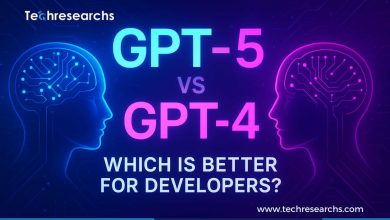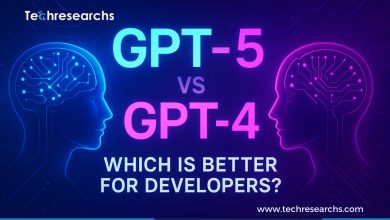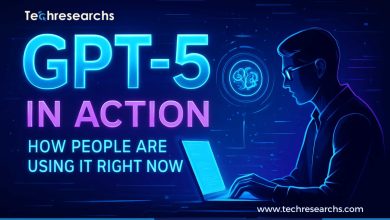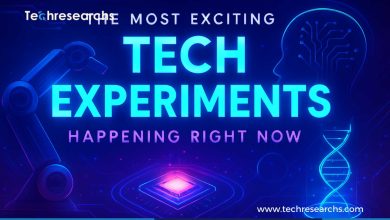IoT and the Future of Smart Cities: What You Need to Know
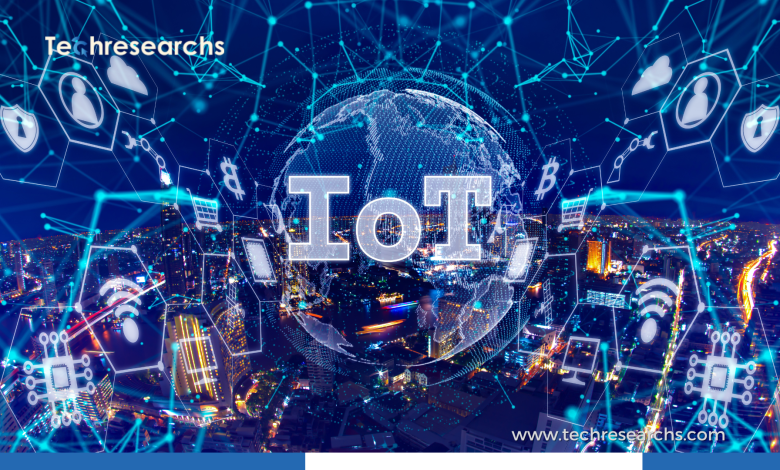
The future of cities is transforming at an extraordinary pace. Thanks to the rapid advancements in technology, especially the Internet of Things (IoT), we are moving towards a new era of urban living—smart cities. These cities integrate IoT devices to optimize services, enhance sustainability, and improve the quality of life for residents. In this article, we explore how IoT is shaping the future of smart cities and why it is a game-changer for urban development.
What is IoT in Smart Cities?
IoT refers to a network of physical devices that are connected to the internet. These devices, equipped with sensors and software, collect and exchange data to improve systems and operations. In smart cities, IoT is used to connect various urban infrastructure components like traffic lights, water management systems, energy grids, and public transportation.
By gathering real-time data, IoT helps city planners and government authorities make informed decisions, optimize resource usage, and improve public safety. The integration of IoT in cities is leading to more sustainable, efficient, and connected urban environments.
How IoT is Shaping Smart Cities
- Improving Urban Mobility Traffic congestion is a major issue in cities worldwide. IoT is revolutionizing urban mobility by connecting traffic signals, vehicles, and public transportation. This connection allows for real-time traffic monitoring and intelligent routing of vehicles. It ensures smoother traffic flow and reduces accidents. Moreover, smart traffic management systems can dynamically adjust signal timings based on current traffic conditions.For example, IoT-enabled vehicles can communicate with traffic lights to determine the best route, avoiding congestion and reducing travel time. In the long run, IoT will contribute to the creation of autonomous vehicles and smart roads, making urban mobility safer and more efficient.
- Enhancing Energy Management The future of smart cities is deeply tied to sustainability. IoT enables the efficient use of energy through smart grids and energy-efficient devices. Smart meters monitor energy consumption in real time, helping residents and businesses reduce waste. IoT sensors in streetlights automatically adjust their brightness based on time of day or weather conditions, cutting down energy usage.Additionally, IoT devices can be used in homes and buildings to control heating, ventilation, and air conditioning (HVAC) systems, making them more energy-efficient. With these innovations, cities can lower their carbon footprint and create more sustainable living environments.
- Improving Public Safety Safety is a primary concern in any urban area. IoT enhances public safety by integrating smart surveillance systems and emergency response mechanisms. IoT-enabled cameras and sensors can detect unusual activity, such as fires or accidents, and alert emergency responders immediately. This allows for faster and more efficient responses, saving lives and reducing property damage.In addition, IoT-powered disaster management systems can provide early warnings for natural disasters like floods, earthquakes, and hurricanes. This capability allows cities to prepare better and protect residents from unforeseen events.
- Optimizing Waste Management Efficient waste management is another challenge faced by cities. IoT devices are improving waste collection by monitoring the fullness of garbage bins in real-time. By collecting this data, waste management authorities can optimize routes for trash trucks, reducing fuel consumption and improving service efficiency.Furthermore, IoT sensors help track the recycling process, ensuring that materials are being sorted correctly. In the long run, this technology will help reduce landfill waste and increase recycling rates, contributing to a more sustainable urban environment.
- Enhancing Healthcare Services The integration of IoT in healthcare is transforming how cities approach public health. IoT devices can monitor citizens’ health in real time and share data with healthcare providers. This allows for early detection of health issues and faster intervention, improving patient outcomes.For instance, wearable IoT devices can track vital signs like heart rate and blood pressure. If there are any abnormalities, the device can notify healthcare professionals immediately. Additionally, IoT-powered health systems can help optimize hospital operations, making healthcare more accessible and efficient.
- Smart Governance IoT is revolutionizing governance by improving transparency and citizen engagement. With IoT systems in place, local governments can gather data on various aspects of city life—traffic, energy use, waste disposal, etc. This data can be analyzed to make better decisions and allocate resources more efficiently.Moreover, IoT can empower citizens by providing them with real-time data about their city. For example, residents can receive updates about water usage, air quality, and traffic conditions through mobile apps. This transparency helps foster trust between citizens and local authorities.
Challenges in Implementing IoT in Smart Cities
Despite the many benefits, implementing IoT in smart cities comes with several challenges. One of the main concerns is data privacy. With so many devices collecting data, it is crucial to ensure that this information is protected and used ethically.
Another challenge is the high cost of implementing IoT infrastructure. Smart city projects require significant investment in sensors, data networks, and software systems. This can be a barrier for some cities, particularly in developing regions.
Moreover, the integration of IoT in existing urban infrastructure can be complex. Cities need to modernize their infrastructure to accommodate these new technologies, which can take time and resources.
The Future of IoT in Smart Cities
As technology continues to advance, the future of IoT in smart cities looks incredibly promising. The evolution of 5G networks will enable faster communication between IoT devices, making real-time data even more accessible. Additionally, AI and machine learning technologies will play a significant role in processing the massive amounts of data collected by IoT sensors, allowing cities to become more autonomous and intelligent.
In the future, we can expect to see more personalized services for residents. For example, IoT will allow for smarter public transportation systems, where buses or trains adjust to the needs of passengers in real time. Smart homes will become more connected, offering residents a seamless living experience.
More Related Blogs:5G Connectivity in Vehicles: Audi & Verizon’s Partnership
The future of smart cities relies heavily on the Internet of Things (IoT). By enabling real-time data collection and optimization, IoT is transforming urban life across various sectors, including transportation, energy management, public safety, and healthcare. While there are challenges to implementing these technologies, the benefits far outweigh the drawbacks. As cities continue to evolve, IoT will be at the heart of creating smarter, more sustainable, and more efficient urban environments for the future.
